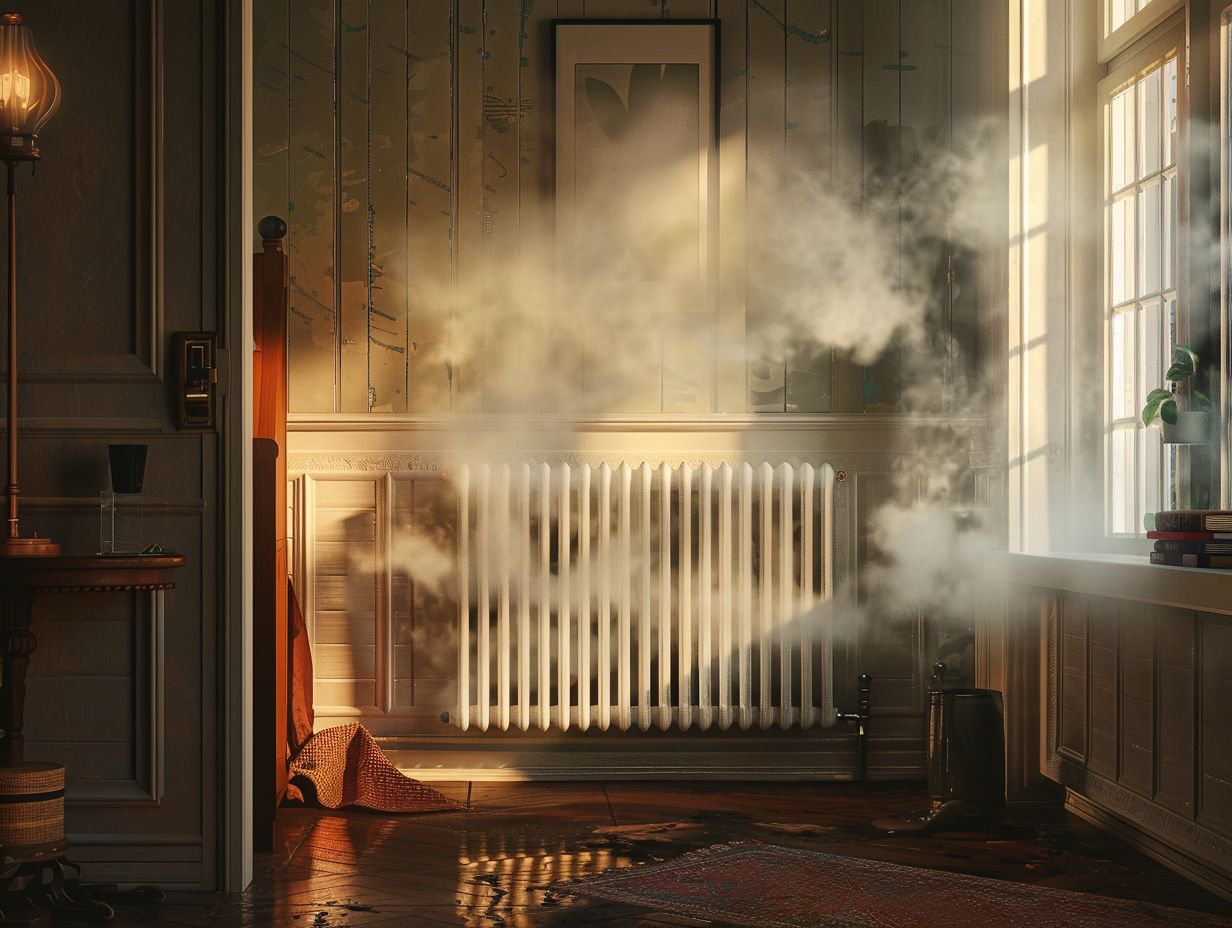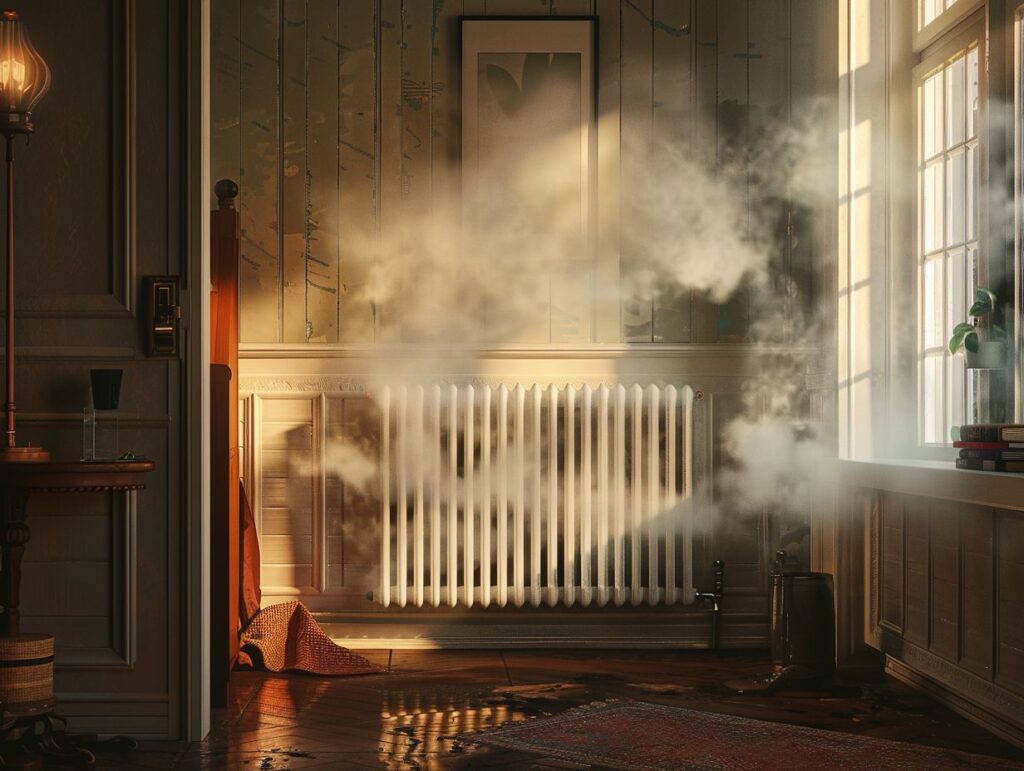If you are seeking a more effective method to heat your home, Type 22 radiators could present the answer you have been seeking. This article will delve into the definition of Type 22 radiators, their functionality, and their comparison to other radiator variations.
Additionally, we will touch upon the variables influencing heating speed, the advantages of employing Type 22 radiators, and suggestions for optimising their efficiency.
Prepare to enhance the warmth and comfort of your residence by incorporating Type 22 radiators.
Key Takeaways:

- Type 22 radiators are a type of heating system that uses the principle of heat exchange to provide faster heating in a room.
- Factors such as size, placement, insulation and room temperature can affect the speed at which Type 22 radiators heat a room.
- Type 22 radiators are known for their efficiency and cost-effectiveness, and can be customised to fit the specific needs and preferences of a household.
How Type 22 Radiators Work
To understand how Type 22 radiators operate, you need to grasp the fundamental concepts of heat exchange and convection heating.
Principles of Heat Exchange
In Type 22 radiators, heat exchange occurs through convection, with the fins inside the radiator panels facilitating the transfer of heat to the room. Convection, which is a fundamental principle in heat transfer, depends on the air circulation within the radiator.
As hot water passes through the radiator, it heats up the fins, which then warm the surrounding air. This warm air rises, creating a flow that draws in cooler air to sustain the cycle, effectively heating the room.
The design of the fins is essential in maximising the surface area that comes in contact with the air, thereby improving the efficiency of heat exchange. The heat output of Type 22 radiators is critical in ensuring that rooms are heated efficiently and that a comfortable temperature is maintained throughout the space.
Comparison to Other Radiator Types

Type 22 radiators distinguish themselves through their superior heat output and efficiency when compared to other radiator types such as Type 11, Type 21, and Type 33.
One of the key distinguishing features of Type 22 radiators is their ability to provide higher BTU ratings, enabling them to generate more heat effectively, making them particularly suitable for heating larger rooms.
Type 22 radiators are renowned for their optimal heat distribution capabilities, ensuring even heating throughout rooms without any cold spots. This results in improved comfort and energy efficiency, as the heat is distributed effectively across the space, leading to a consistent and pleasant temperature.
Factors Affecting Heating Speed
Numerous factors play a role in determining the heating speed of your radiators, such as the panel design, the space available for installation, and the overall heat output capacity.
Size and Placement
The size and proper placement of radiators in a room are crucial for efficient heating and effective space utilization.
In terms of optimising the size and placement of radiators, it can have a significant impact on the overall heating efficiency in a room. Many opt for compact convector radiators as they are efficient in providing warmth while occupying minimal wall space.
Choosing radiators constructed from high-quality materials like robust steel or aluminum is essential for ensuring a longer lifespan and effective heat dispersion. These premium materials also enhance energy efficiency, ultimately helping to lower heating expenses over time.
When positioning radiators, it is vital to take into account the layout and dimensions of each room to achieve optimal warmth and comfort throughout the entire space.
Insulation and Room Temperature
Minimising heat loss through insulation and maintaining an optimal room temperature is crucial for ensuring the effectiveness of your heating system. Insulation acts as a barrier that traps heat inside your building, reducing the need for constant heating and decreasing energy expenses.
Properly insulated walls, roofs, and floors prevent heat from escaping, leading to a more uniform and comfortable indoor atmosphere.
By minimising heat loss, insulation enables the heating system to function more efficiently, achieving and sustaining desired temperatures with reduced energy consumption.
Low-temperature heating systems, such as radiant floor heating or heat pumps, are exceptional options for keeping your rooms warm without excessive heating, providing improved control over comfort levels and lowering overall energy usage.
Tips for Faster Heating with Type 22 Radiators
To optimise the performance of Type 22 radiators, you need to conduct regular maintenance and ensure their correct integration into the heating system.
Maintenance and Proper Use
To maintain Type 22 radiators, you need to monitor the BTU output and utilise tools like the Trade Radiators Heating Calculator for precise heat calculations.
Regularly checking the BTU levels of your radiators ensures they are functioning at optimal efficiency, delivering consistent and comfortable heat throughout your space.
Another critical maintenance task is bleeding the radiators to release any trapped air that could impede their performance. It is recommended to do this annually or if you observe cold spots on the radiator.
Inspecting the radiators for leaks and verifying that the pressure levels fall within the specified range are essential measures to prevent potential issues and uphold the system’s functionality.
Frequently Asked Questions
Can Type 22 Radiators Provide Faster Heating?

Yes, Type 22 radiators are known for their ability to provide faster heating compared to other types of radiators. This is due to their larger surface area and increased number of panels and convectors.
What makes Type 22 radiators more efficient for faster heating?
Type 22 radiators have double panels and double convectors, which means they have twice the surface area for heat to radiate from. This allows for faster and more efficient heating of a room.
Do Type 22 radiators use more energy for faster heating?
Not necessarily. While Type 22 radiators may use slightly more energy compared to single panel radiators, their faster heating capabilities mean that they can reach the desired temperature quicker and therefore do not need to be on for as long.
Can Type 22 radiators be used in any type of heating system?
Yes, Type 22 radiators are versatile and can be used in various heating systems, including central heating, electric heating, and dual fuel systems. They can also be installed with different types of valves according to your specific heating needs.
What size room is suitable for Type 22 radiators to provide faster heating?
Type 22 radiators are suitable for medium to large sized rooms, as their increased size and heat output may be too much for smaller spaces. It is recommended to consult with a heating specialist to determine the appropriate size and number of radiators needed for your room.
Are there any additional maintenance or care required for Type 22 radiators?
No, Type 22 radiators do not require any additional maintenance or care compared to other types of radiators. However, it is important to regularly bleed and clean the radiators to ensure optimal performance and efficiency.

